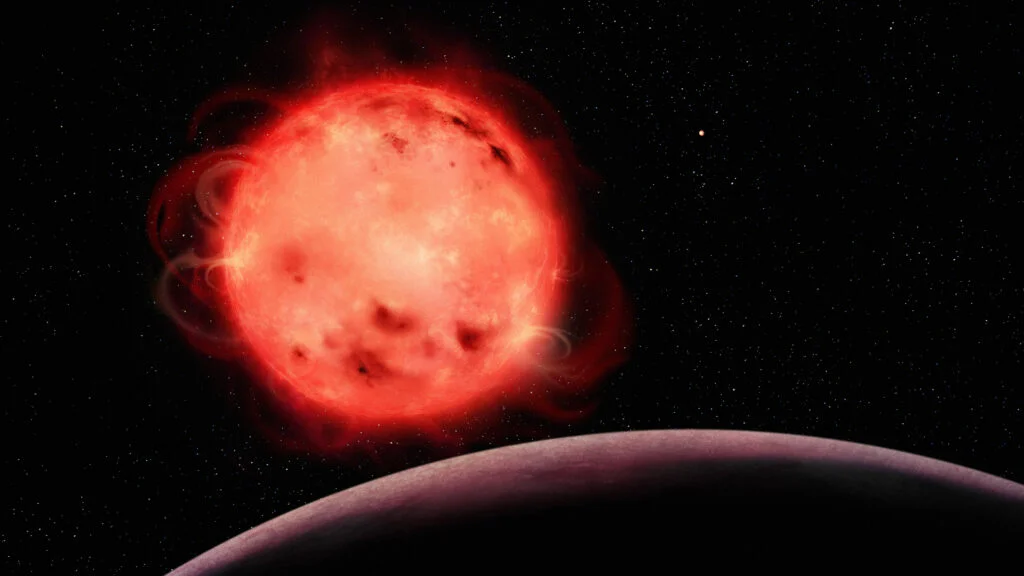JWST analyzes atmosphere of planet TRAPPIST
- September 26, 2023
- 0
The James Webb Space Telescope has achieved one of the first major scientific goals announced for it in 2017. The infrared instrument has now examined the atmosphere around
The James Webb Space Telescope has achieved one of the first major scientific goals announced for it in 2017. The infrared instrument has now examined the atmosphere around

The James Webb Space Telescope has achieved one of the first major scientific goals announced for it in 2017. The infrared instrument has now examined the atmosphere around one of the TRAPPIST-1 exoplanets.
James Webb is NASA’s latest flagship space telescope, replacing the older Hubble. Its massive mirror collects more light than anything else to produce high-resolution images, and its infrared eyes allow it to see much deeper into space and time. Overall, JWST has already proven invaluable in providing new insights into stars, planets, and the early history of the universe.
In 2017, astronomers discovered a remarkable system of seven Earth-sized exoplanets orbiting a nearby red dwarf star known as TRAPPIST-1, just 40 light-years away. And naturally, scientists began to wonder what these magical exoplanets would look like through the eyes of the yet-to-be-launched JWST. The system quickly became one of the telescope’s first official science targets for investigating the potential habitability of planets.
And now, for the first time, he has seen TRAPPIST-1 b, the innermost world’s atmosphere, using a technique called transmission spectroscopy. When a planet passes in front of its host star, light passes through the existing atmosphere, blocking different wavelengths of light to varying degrees depending on the molecules in the air. This spectrum can then be analyzed to determine what the atmosphere is made of, and other information can be derived from this, such as whether the planet is habitable.
Based on this, the team found no indication that TRAPPIST-1 b has an atmosphere; its spectrum can only be explained entirely by the activity of the star. The discovery is consistent with other observations Webb made earlier this year, which measured the planet’s temperature and found a possible atmosphere. However, it cannot be ignored that it has a thin atmosphere consisting of pure water, carbon dioxide or methane.
“Our observations show no evidence of an atmosphere around TRAPPIST-1 b,” said Ryan Macdonald, lead author of the study. “This tells us that the planet may be bare rock, have high clouds in its atmosphere, or have a very heavy molecule like carbon dioxide that makes the atmosphere too small to detect. But what we see is that the star is the largest influence that dominates our observations, and it may do the same for other planets in the system.” will do.”
TRAPPIST-1 b was a technological test for its more intriguing neighbors, TRAPPIST-1 d, e, and f, which orbit mostly within the star’s habitable zone. Researchers say the study helps them learn to explain the star’s hotter and cooler spots, flares and other activity that could affect atmospheric measurements. Source
Source: Port Altele
As an experienced journalist and author, Mary has been reporting on the latest news and trends for over 5 years. With a passion for uncovering the stories behind the headlines, Mary has earned a reputation as a trusted voice in the world of journalism. Her writing style is insightful, engaging and thought-provoking, as she takes a deep dive into the most pressing issues of our time.